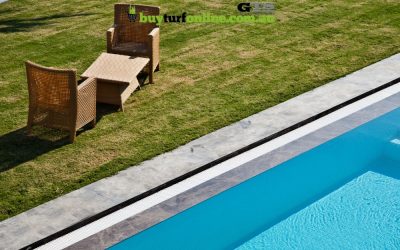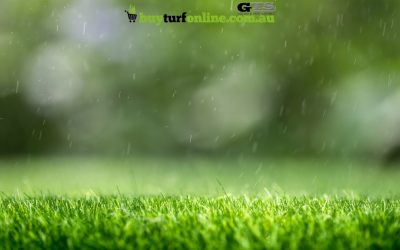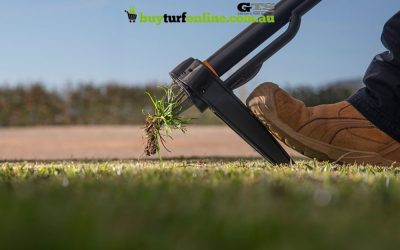Can You Lay New Turf on Top of Old Grass?
Quick Links
Laying New Turf on Top of Old Grass?
Whilst laying new turf on top of old grass is possible, it is not advised as it doesn’t lead to the best results in the long run.
But this leaves the question, why would you lay turf on top of existing grass?
There is likely an issue with the current grass you are considering replacing, laying new turf probably won’t alleviate the problem.
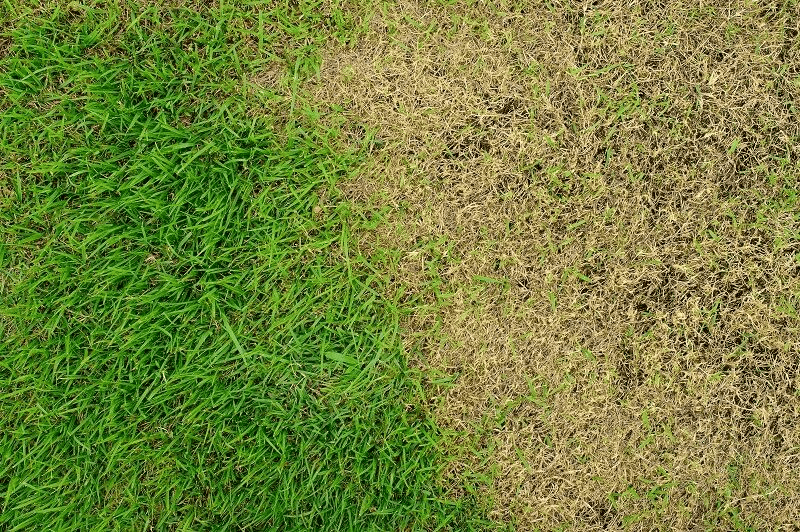
What’s Wrong With Your Existing Turf?
Rather than pulling up what you have and relaying it, it may be simpler to identify and fix the current issue.
There are several common problems that lawns face, any of these could be what is wrong with the existing turf.
- Dehydration – the bone dry heat of summer in Australia causes some lawns to dehydrate and die.
- Overwatering – ironically, more lawns suffer from overwatering than they do dehydration in the Australian summer.
- Lawn Disease – the heat in summer is a breeding ground for lawn disease, causing them to spread much quicker than in other seasons.
- Shaded areas of the lawn – some lawn types do not do well in the shade and need constant sunshine to thrive.
- Pests – grubs, beetles and other creepy crawlies are most active during the warmer months and do the most damage during these times.
Identifying the issue with your lawns will help your grass last longer, it will also prevent a recurring problem from appearing, creating a pattern of having to re-lay grass.
Why Not To Lay New Turf On Old Grass
Laying new grass on top of old grass may seem like a good idea, and you may even get some good results to begin with.
The new grass will grow over old turf, to begin with, although, as the old grass begins to die your lawn condition will deteriorate.
Any current problems with your lawn, likely go deeper than the grass layer, with the issues sitting in the soil underneath.
For best lawn condition results, you should always prepare the soil properly before laying new turf, this includes removing any old grass.
Soil Compaction & Preparation
New turf needs freshly prepared soil to survive. Soil preparation is arguably the most important part of laying turf.
Old vegetation is lifted off the soil, by doing this you remove any weeds or grass plants that aren’t best suited for the current conditions.
After you have torn up old vegetation, next it is time to dig or rotate the soil. This fluffs up the soil and reduces problems caused by compaction.
Weeds
Existing weeds will not be combated by laying are turf, they will still be present after a couple of months and you will be in the same issue as before.
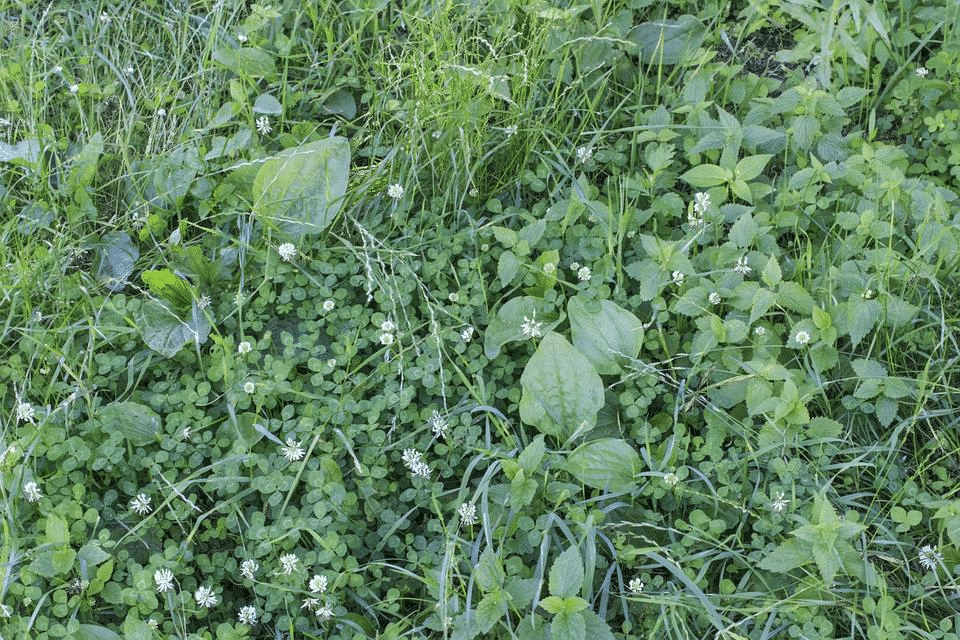
If you lay turf on existing grass, it is harder for the turf you have laid to set down healthy roots.
The grass has to work double as hard to get through the current grass layer and into the soil.
During this time existing weeds that already have established roots will be working their way through your new layer of grass, persisting in their problem.
Pests
When preparing the soil, you will be able to spot any pesky pests that may be living under the grass layer.
Some pests like leatherjackets and chafer grubs live just below the lawn, eating on the roots.
While you may think your infestation isn’t too bad, make sure you remove any pests you see and consider seeking treatment for your soil if you find more than 10 pests in a square foot of your soil.
Sometimes it isn’t the pests themselves that cause the issues, but the larger animals that feed on these insects, that tear up laid lawns to get them.
Humps & Hollows
If you have humps and hollows in your soils, it is best to buy new topsoil to fill in these divots.
Investing in new topsoil is better than trying to dig out humps to fill hollows. You don’t need to be perfect with your levelling, after all a general slope can be beneficial when it comes to drainage.
Raking is the best way to level out any humps or hollows. Best results come when the top 6-8 inches of topsoil is laid for the new grass to establish long deep roots.
Diseases
Any existing diseases in the current lawn or soil will likely also be present in the new lawn. It can be difficult to combat lawn diseases if you do not correctly identify which disease is destroying your lawn.
It is easiest to identify the disease on the current lawn, this can then be treated so that it does not repeat in the new lawn. There are a lot of different diseases that plague lawns in Australia:
Anthracnose
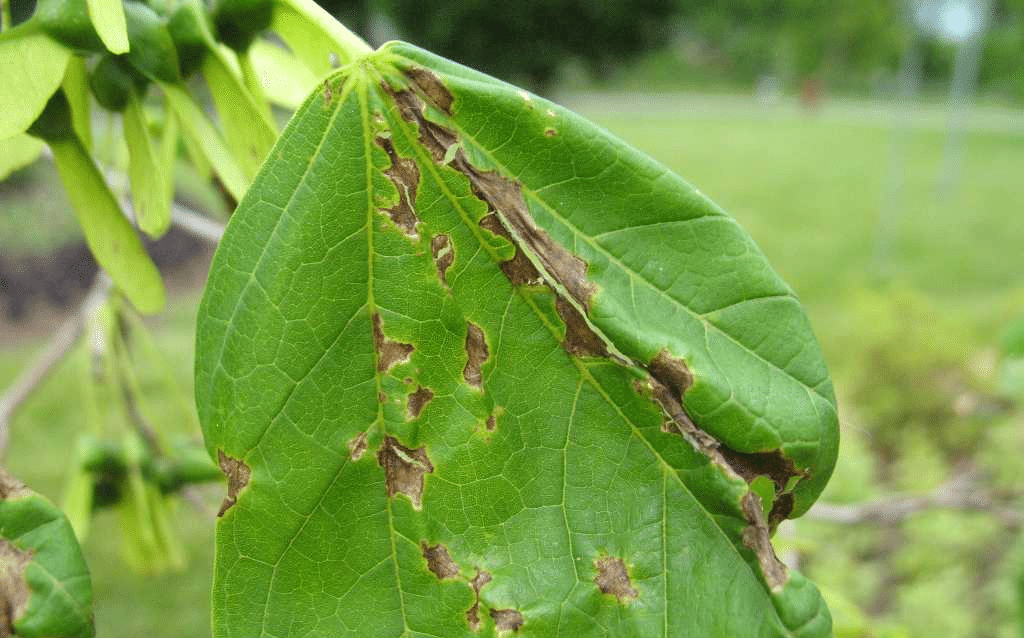
How to identify: yellowish grass with red lesions.
How to treat: Dispose of all diseased parts of the lawn.
How to prevent: Keep the lawn healthy with proper light, water and fertiliser to prevent future fungus attached.
Brown Patch
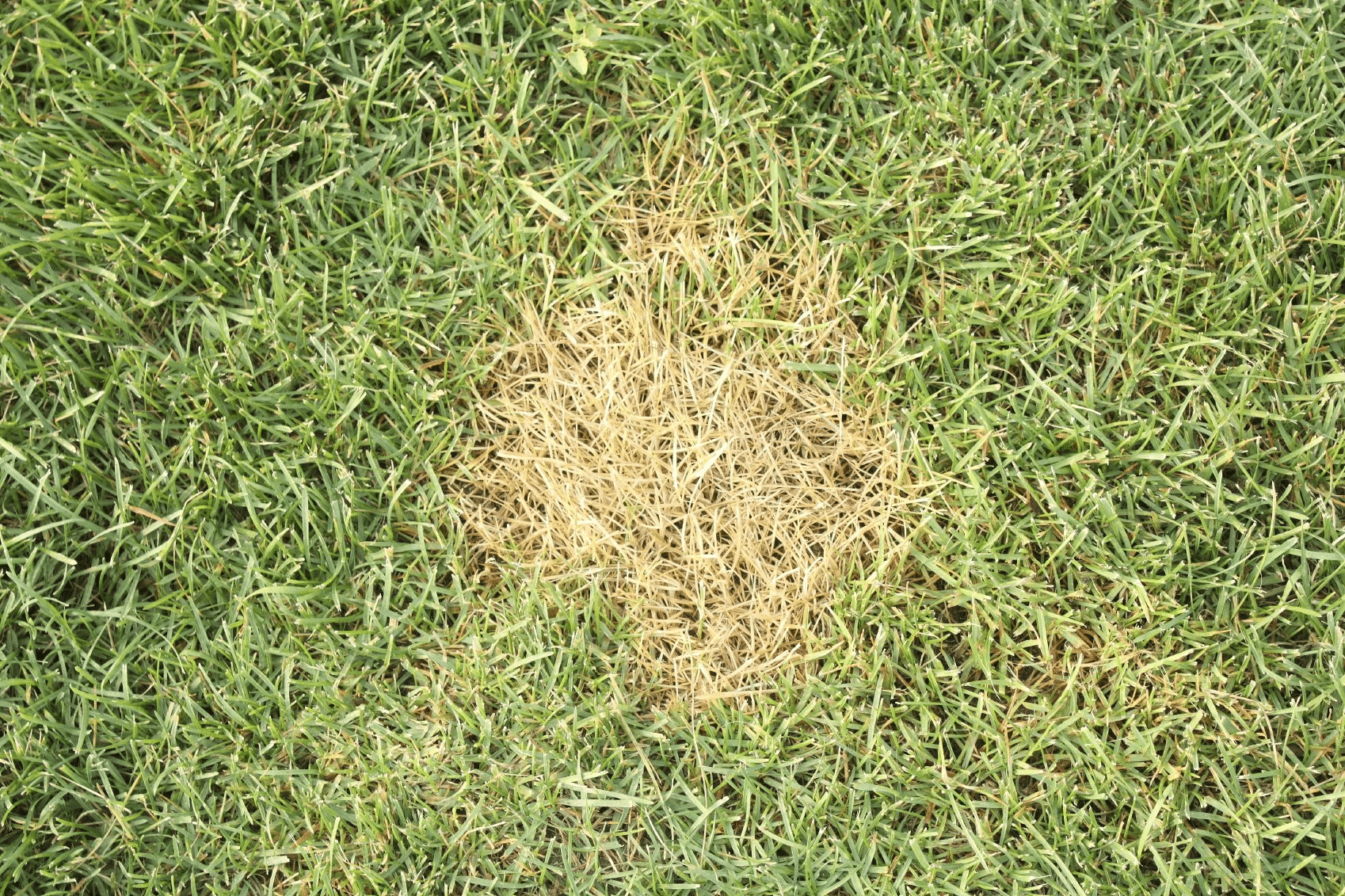
How to identify: brown patches and greyish or purplish smoke ring on closely mown lawns.
How to treat: Aerate and dethatch the lawn.
How to prevent: Avoid future brown spots by controlling your fertilization and ensuring you don’t over-fertilize.
Dollar Spot
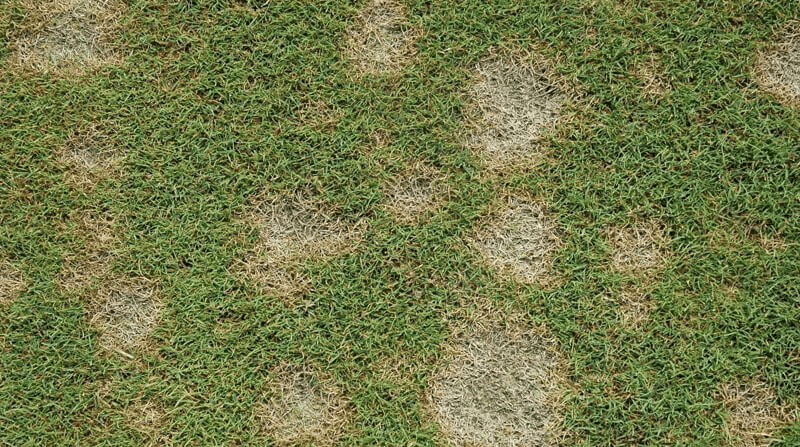
How to identify: small sunken spots around 25 to 65mm in diameter.
How to treat: Aerate and dethatch the lawn.
How to prevent: Water the lawn less frequently and remove dew first thing in the morning to avoid future outbreaks.
Fusarium
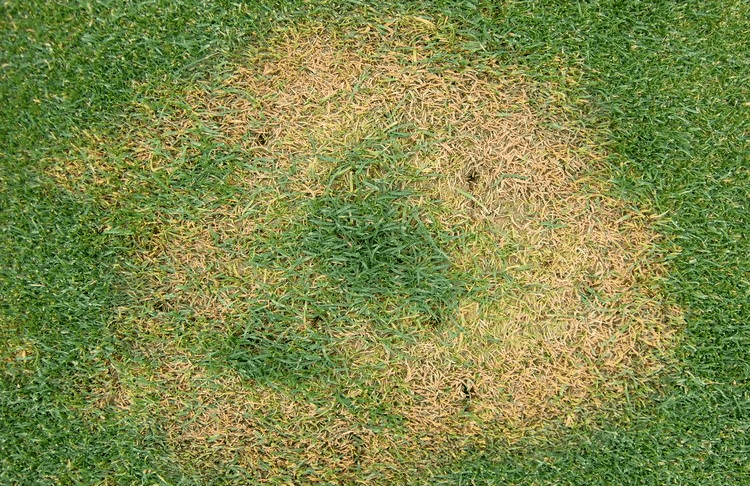
How to identify: circular patches in water-soaked areas.
How to treat: Apply lawn disease control to combat fusarium.
How to prevent: Fertilise with low nitrogen and high potassium lawn feed. Keep mower blades sharp and clean.
Pythium
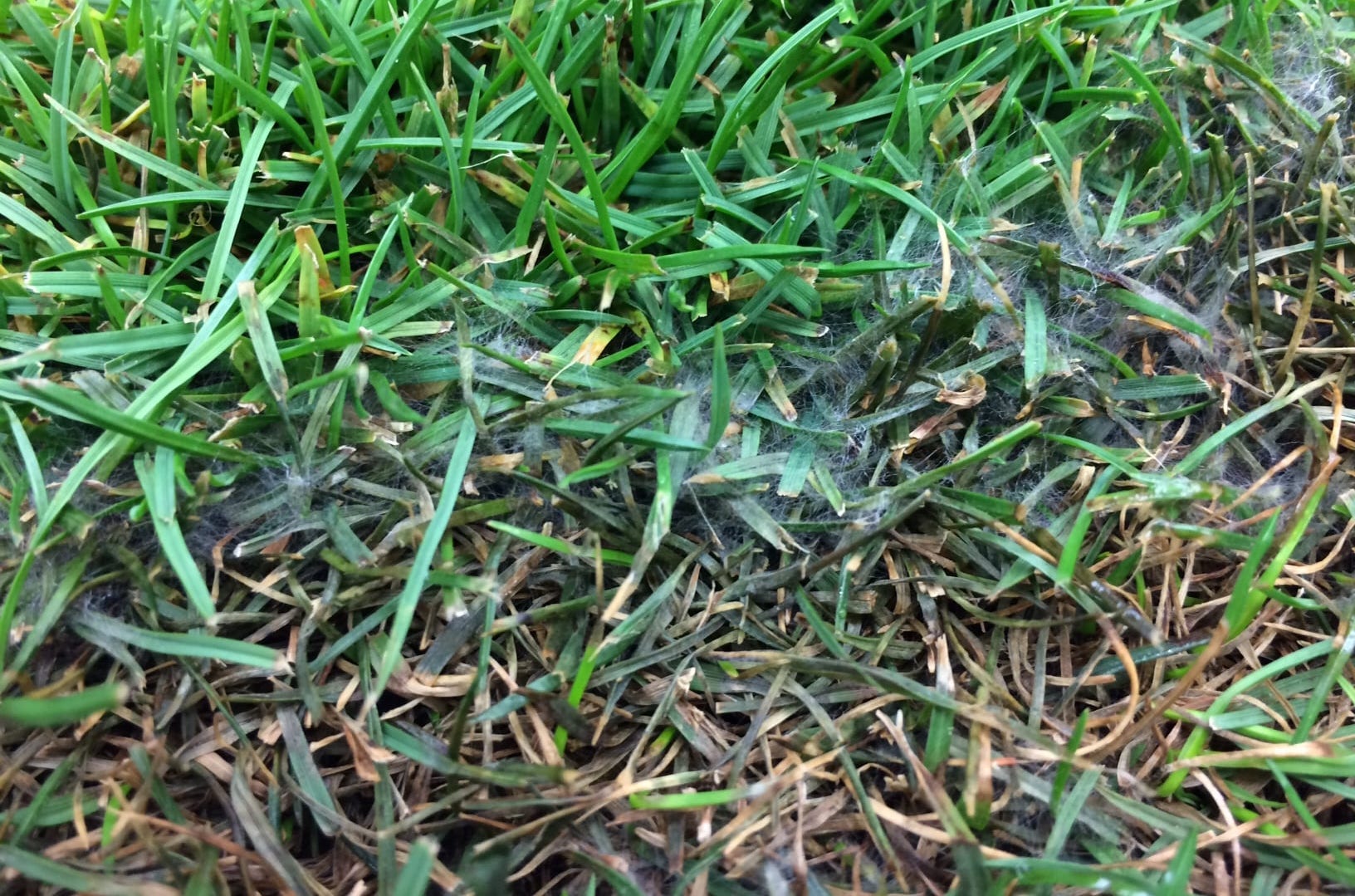
How to identify: small greasy spots.
How to treat: Remove and block off the infected area.
How to prevent: Wipe down garden tools and shoes to prevent the fungus from further spreading.
For Best Results
Don’t even think about laying new turf on top of existing grass for the best solutions.
The problem with your existing lawn should be addressed and the soil should be properly freshly prepared before you even think about laying turf.
What do you do with old lawn turf? Once you’ve torn up your old grass, after a few months you’ll have some great compost!

read more!
recent posts
Poolside Turf: Choosing and Maintaining Grass Around Pools
There’s nothing quite like stepping out of a swimming pool onto soft, lush grass. But when it comes to finding the best grass for around a pool, not all lawns are created equal. Chlorine pools, heavy foot traffic, and the unforgiving Australian sun can take a toll on...
Keeping Your Lawn Green and Healthy During the Summer Heat
Discover the best grass options for your lawn with our complete guide. Make informed choices for a lush, healthy yard. Read more to find your ideal grass!
Enhancing Backyard Play Areas for Kids with Turf
Can you put a playset on turf? You bet you can! Natural grass is the perfect surface for creating a safe and fun play area. With the right approach, you can make sure your turf stands up to kids’ adventures while looking great all year round. Let’s explore how to...
Summer Lawn Weeds: Prevention and Management
Discover the best grass options for your lawn with our complete guide. Make informed choices for a lush, healthy yard. Read more to find your ideal grass!

Our Turf
TifTuf Bermuda
Buy Turf Online © 2019 All Rights Reserved. | Proudly Designed and Developed by Sydney ICT

